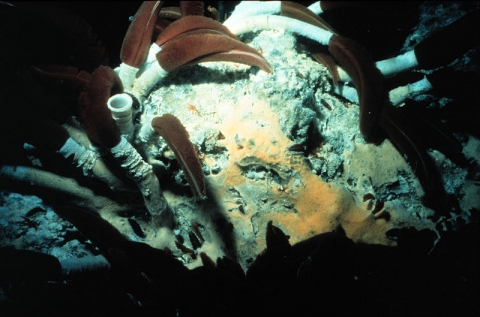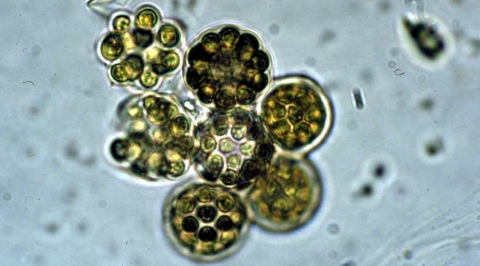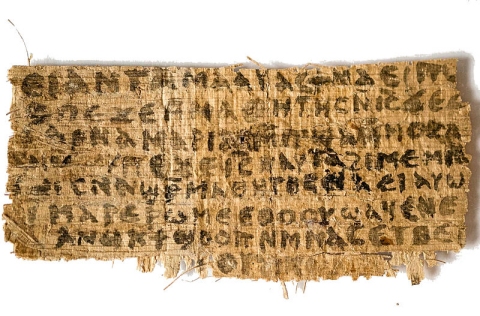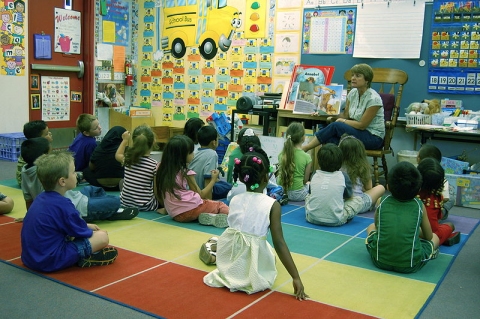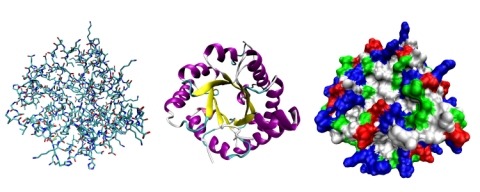
DNA is an incredibly complex molecule that can store information in an amazingly efficient manner. Experiments indicate that a single gram of DNA (a gram is approximately the mass of a U.S. dollar bill) can store 500,000 CDs worth of information! It uses a complicated system of alternative splicing so that a single region of the molecule can store the information needed to produce many different chemicals (see here and here, for example). It is so complex that even the best chemistry lab in the world cannot produce a useful version of it. In the end, the best human science can do is make tiny sections of DNA and then employ yeast cells to stitch those segments together so that they become something useful.
Over the past few years, DNA has surprised scientists with higher and higher levels of complexity. For example, scientists recently learned that DNA can store an extra level of information by slightly altering its typical shape. This was particularly surprising, because the fact that DNA alters its typical shape from time to time was already known. However, the alteration was thought to be the result of some kind of damage. We now know that it is not the result of damage. In fact, it is another level of complexity.
Even more recently, scientists discovered that DNA sometimes stores two completely different types of information in the same place. In some sections, it stores the recipe for making a chemical in the same place that it stores information regarding how often that chemical needs to be made. Once again, this was a complete surprise, because it was thought that the recipes for making chemicals were stored in certain sections of DNA, while the information regarding how often those chemicals should be made was stored in completely different sections. However, we now know that at least in some cases, both kinds of information are stored in the same place!
Well, DNA has offered up another surprise to geneticists, and it points to yet another level of sophistication in this incredible molecule.
Continue reading “Not Suprisingly, DNA Is Even More Complex Than Previously Thought”


